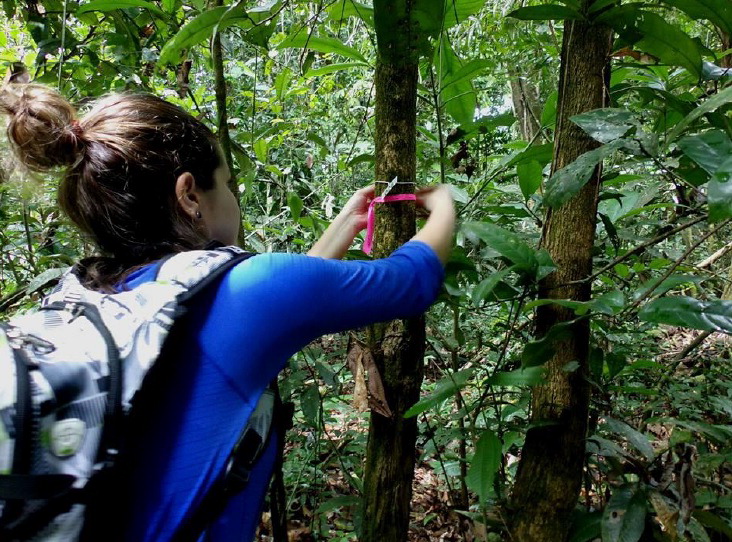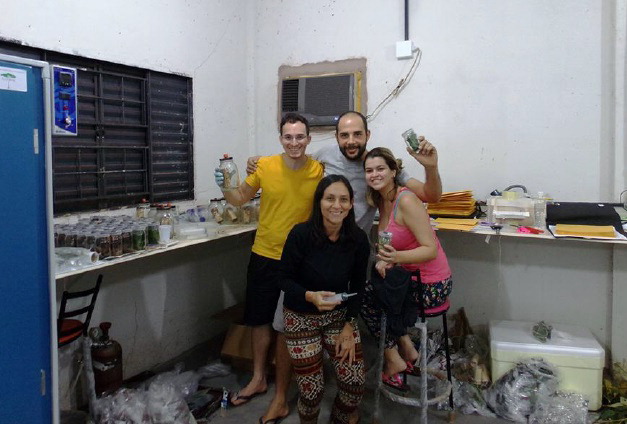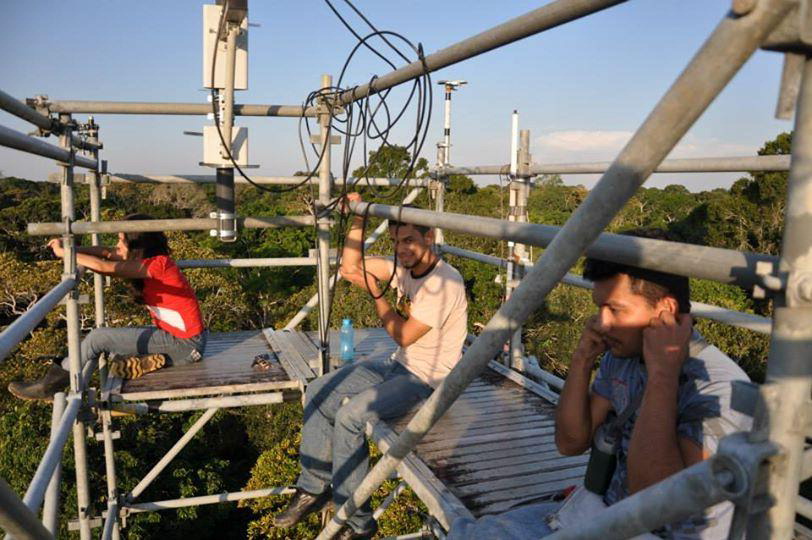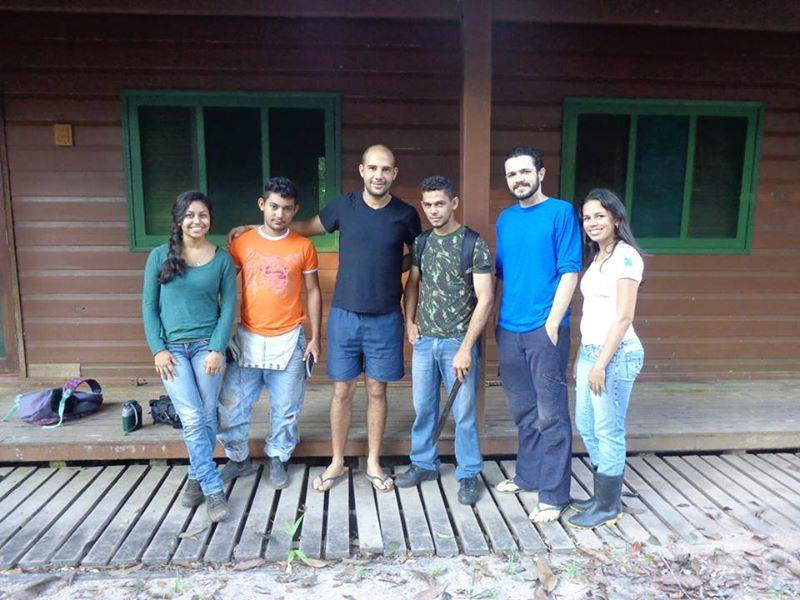This project ran from August 2013 through April 2017. In his final report, the PI Dr. Bruno Rosado noted the importance of taking microbial aspects into account in trying to anticipate how the Amazon will respond to global change. In the east-central Amazon,
Amphyrrox longifolia, is a very abundant and broadly distributed tree species (Tapajós National Forest, Brazil) but the microbiome has been unknown. The PI and his team evaluated the bacterial community structures associated with the phyllosphere, leaf litter, and rhizosphere of this and other plant species in a pristine Amazon forest through high throughput sequencing of the 16S rRNA gene. They also looked at biological nitrogen fixation rates and tree growth rate to determine the effects of epiphylls on tree and ecosystem functioning. The team has several publications in process as of May 2017, but according to the PI they highlight the need to protect environmental conditions that allow the presence of epiphyllous communities and their effects on Amazon forests.
Beyond the scientific findings, many of which are still being analyzed and prepared for publication, Dr. Rosado considers education and outreach to be among the major impacts of his project. The project helped support the research of three Master’s students, three PhD students, and one postdoc. In addition, the field course organized in December 2016 served a diverse group of participants. Many of the students in the course were pursuing their own projects related to important aspects associated with social development and environmental management, and many were brought up in the Amazon in families with limited economic resources. The broad audience for the course (including a student from UFOPA, Angélico Nonato, who ran for vice-mayor in the city of Oriximiná, Pará, during the 2016 elections) helped disseminate the knowledge gained in the project more broadly and facilitated application of the findings and research tools to various contexts in the Amazon. For instance, during the small projects that the students had to conduct during the course, applying the knowledge being taught to them, one group proposed a project to evaluate how epiphylls and functional traits could be associated with differences between forests and agricultural areas in the Amazon, for plants co-occurring in both areas, and the ecological implications of such differences.
As for input into government policy, every year the PI and his team must submit a report on their scientific activities in the federal reserves to ICMBio, a Brazilian federal government agency that manages the National System of Conservation Units, including proposing and creating new units and monitoring and protecting existing ones. In this sense, all the results obtained in this PEER project were shared with them, promoting a better connection between the academic research community and natural resource managers and also promoting improved management practices based on the data collected and scientific recommendations made.
 |  |  |
| An undergrad team member collects samples during a recent field trip. | The project team takes a break to pose during sample analysis. | Undergrad students on an observation platform during the field trip to a tropical forest (photos courtesy of Dr. Rosado). |
Although the PEER grant has now ended, Dr. Rosado has received two grants totaling more than $80,000 from Brazilian science agencies to support his ongoing research. He continues to collaborate with his U.S. PEER partner and with several Brazilian researchers he worked with on the PEER project. He and his colleagues intend to apply for a joint São Paulo Research Foundation (FAPESP)-U.S. National Science Foundation Partnership for International Research and Education (PIRE) award to support their expanded research activities.
Back to PEER Cycle 2 Grant Recipients 






